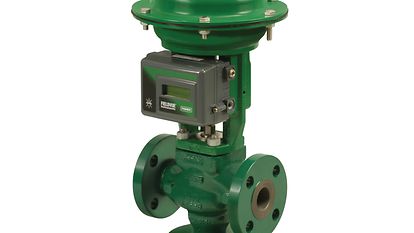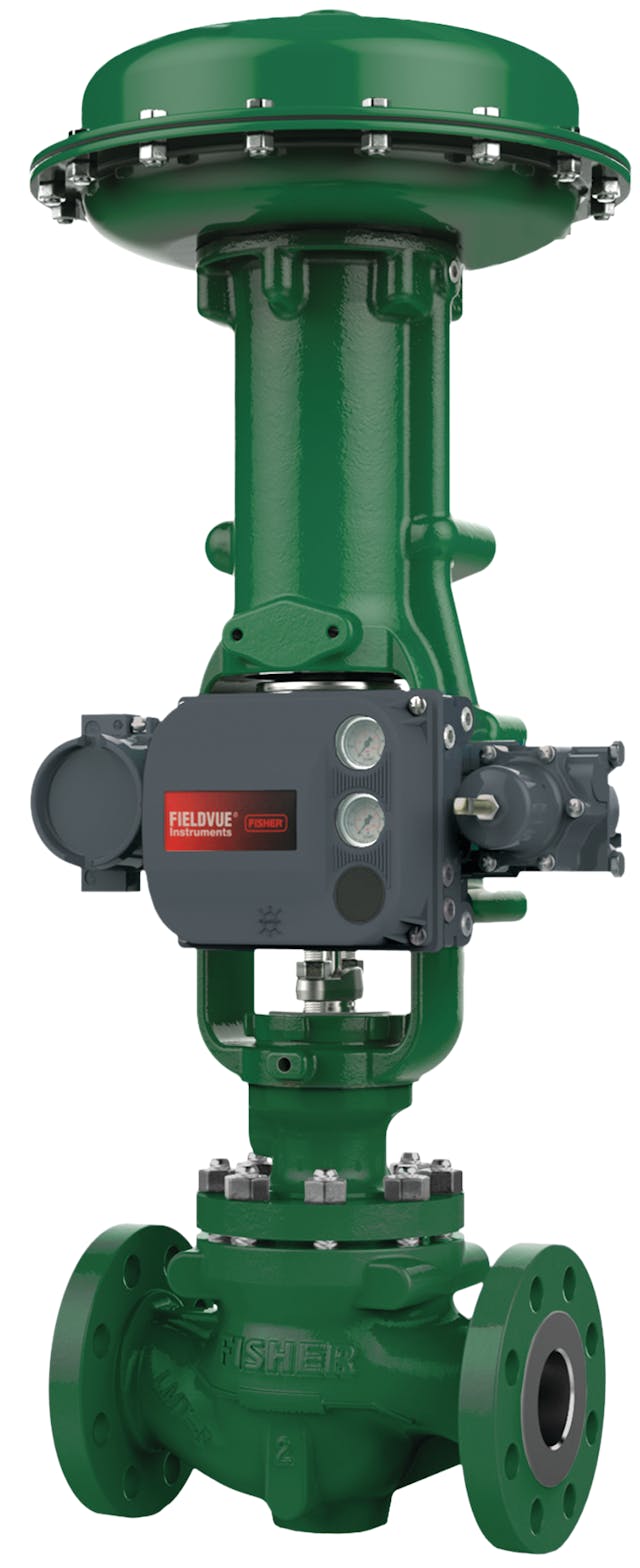Optimizing System Control with High-Performance Control Valves
Optimizing System Control with High-Performance Control Valves
Blog Article

Maximize Energy Financial Savings and Comfort With Advanced Structure Automation Controls
In the world of modern architecture and facility management, the combination of innovative building automation manages stands as a pivotal advancement. By taking advantage of the power of automation, buildings can adapt, react, and advance in methods that were when unimaginable.
Power Efficiency Advantages
Energy effectiveness benefits can significantly decrease energy intake and operational prices in structures. By implementing energy-efficient practices and modern technologies, structure proprietors and operators can accomplish substantial financial savings while additionally adding to environmental sustainability. Among the primary advantages of improving power efficiency in structures is the decrease of utility bills. Energy-efficient systems, such as advanced building automation controls, can optimize the usage of resources like lighting, heating, and air conditioning, causing reduced energy expenditures over time.
Additionally, boosted power performance can prolong the lifespan of building equipment and systems. By running extra effectively, heating and cooling systems, light, and other structure parts experience less damage, leading to decreased upkeep and replacement expenses. Furthermore, energy-efficient buildings typically command greater building worths and rental prices, providing long-term financial advantages to proprietors.
Moreover, energy effectiveness can boost resident convenience and performance. Appropriately controlled indoor atmospheres with optimum lights and thermal conditions create an even more positive and favorable work area, bring about enhanced employee complete satisfaction and performance. In general, the power performance advantages connected with sophisticated structure automation controls are complex, including price savings, ecological stewardship, and passenger well-being.
Enhanced Comfort Control
Enhancing convenience control in structure settings calls for a sophisticated integration of sophisticated automation systems for optimum passenger wellness. By using innovative structure automation controls, facilities can tailor the interior setting to meet the particular needs and preferences of passengers. These systems allow precise regulation of lights, air flow, and temperature, producing a effective and comfortable ambience. Occupant complete satisfaction and performance are carefully linked to thermal comfort, making it vital to have systems in place that can adjust to changing problems in real-time.
By including these advanced controls, structures can not just improve comfort yet also boost power efficiency by enhancing system procedures based on actual occupancy and use patterns. Inevitably, prioritizing occupant convenience via sophisticated automation systems leads to an extra enjoyable and healthier interior atmosphere.
Functional Efficiency Improvements

Moreover, the execution of real-time monitoring and analytics tools enables structure drivers to identify energy inefficiencies and operational abnormalities promptly. By constantly monitoring energy use patterns and system efficiency metrics, changes can be made in real-time to enhance energy consumption and guarantee peak functional efficiency. control valves. Additionally, integrating need response strategies right into structure automation controls can better improve functional effectiveness by dynamically changing power usage based on grid conditions and rates signals
Indoor Environment Optimization
Efficient indoor environment optimization is an essential facet of structure automation controls, making sure owners' comfort and well-being while optimizing energy cost savings. By making use of advanced sensors and controls, building automation systems can continually change and keep an eye on temperature level, humidity levels, air top quality, and ventilation to develop an optimum indoor environment. Keeping regular and comfortable problems not just enhances owner complete satisfaction however additionally enhances productivity and total health.
Interior environment optimization additionally plays a vital function in energy efficiency. By fine-tuning home heating, air flow, and air conditioning systems based upon real-time information and occupancy patterns, constructing automation controls can dramatically lower power intake - control valves. For circumstances, applying strategies such as demand-controlled air flow and thermal zoning can assist reduce energy waste while ensuring that each location of the structure obtains the needed conditioning.

Sustainable Setting Production
Structure automation regulates not just maximize interior climate conditions for power effectiveness and owner comfort however likewise lay the structure for creating a lasting environment via tactical administration of systems and sources. By incorporating innovative building automation technologies, such as sensors, actuators, and smart software, centers can monitor and change power use in real-time to reduce waste and reduce their carbon impact. These systems allow predictive upkeep, recognizing possible concerns before they escalate and maximizing equipment performance to boost durability and performance.
Moreover, sustainable atmosphere development expands beyond power monitoring to include water preservation, waste decrease, and indoor air quality enhancement. Building automation controls can regulate water usage, find leakages, and ensure proper waste disposal practices, adding to overall sustainability efforts. Additionally, by regulating and monitoring air flow and filtering systems, these modern technologies enhance resident health and productivity while decreasing power intake linked with a/c procedures.
Final Thought
In verdict, progressed building automation regulates deal substantial benefits in terms of energy cost savings, convenience control, functional performance, indoor climate optimization, and creating a lasting setting. By implementing these controls, buildings can achieve ideal efficiency while reducing power consumption and improving passenger comfort. It appears that using sophisticated automation innovation is crucial in improving building efficiency and developing a more sustainable future.
Energy efficiency advantages can considerably decrease energy intake and functional prices in buildings. Overall, the energy effectiveness advantages connected with sophisticated building automation link controls are diverse, including expense savings, ecological stewardship, and owner health.
Furthermore, integrating need reaction techniques into building automation controls can even more enhance functional effectiveness by dynamically readjusting energy usage based on grid you can find out more conditions and rates signals.
Building automation manages not just optimize interior climate conditions for energy performance and resident convenience but additionally lay the structure for producing a sustainable setting via calculated monitoring of resources and systems.In conclusion, progressed structure automation regulates deal substantial benefits in terms of power financial savings, comfort control, functional effectiveness, interior environment optimization, and developing a sustainable atmosphere.
Report this page